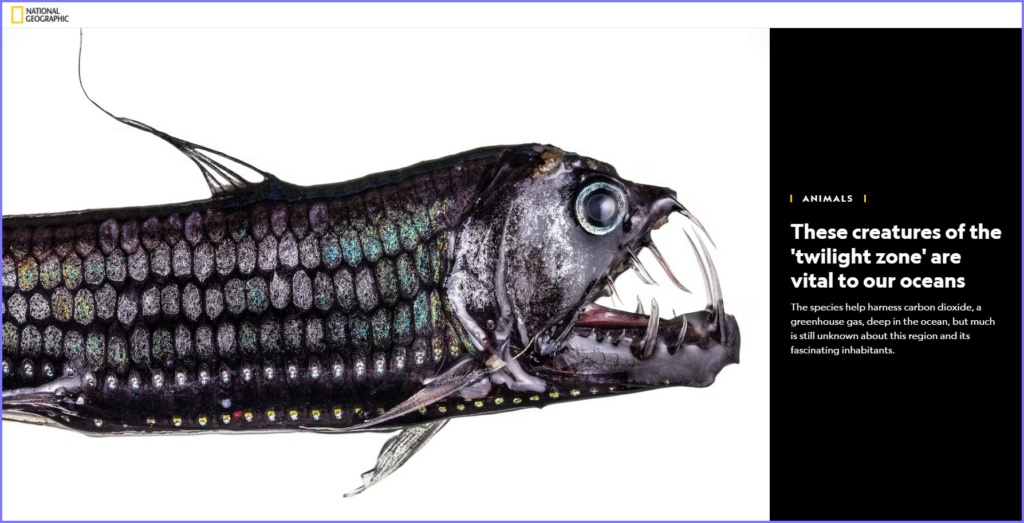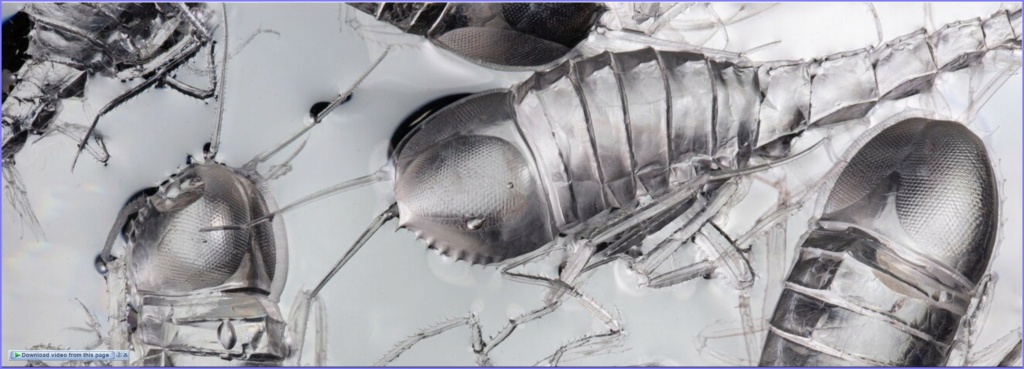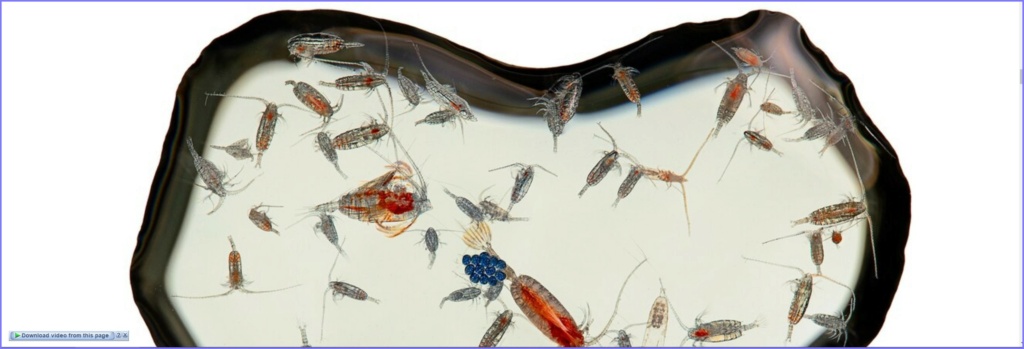The newest registered user is гераскинс
Our users have posted a total of 48009 messages in 7050 subjects

WORLD CLOCK
NAT GEO * These creatures of the 'twilight zone' are vital to our oceans *
Valley of the Sun Casual Club :: WORDS , FACTS , DATES , GAMES & TRIVIA & HISTORY :: NATIONAL GEOGRAPHIC
 NAT GEO * These creatures of the 'twilight zone' are vital to our oceans *
NAT GEO * These creatures of the 'twilight zone' are vital to our oceans *

The terrifyingly toothy Pacific viperfish, about 12 inches long, rises toward the surface at night to hunt. They trap prey in a cage of needle-like teeth.
The species help harness carbon dioxide, a greenhouse gas, deep in the ocean, but much is still unknown about this region and its fascinating inhabitants.
BYHELEN SCALES
PHOTOGRAPHS BYDAVID LIITTSCHWAGER
PUBLISHED FEBRUARY 13, 2024
On the rolling deck of a 56-foot-long research vessel in California’s Monterey Bay, Karen Osborn peers into a cooler filled with sloshing seawater and a galaxy of twitching life-forms. Moments earlier, this living constellation emerged from a net that had been slowly towed around 1,500 feet down, through an inky realm of near-total darkness. “It’s a good catch,” she says.
Most intriguing is a hand-size squid that gleams ruby red. Strawberry squid, as they’re known, are well adapted to their habitat. Their red color, when absorbed in the sunless deep, fades into a brownish black, blending them into their surroundings. Occasional flashes of bioluminescent light that shimmer across their bodies startle intruders. And their mismatched eyes look in two directions at once: One, huge and yellow, gazes upward, detecting silhouettes passing overhead. The other, smaller and blue, stares down, watching for glowing prey in the darkness. This specimen is surprisingly pristine. “Usually they’re all scraped up,” says Osborn. The strawberry squid likely got caught right before the net was carefully pulled to the surface.
(Octopuses and squids switch camouflage mode to stay invisible in the twilight zone.)

0:23
[size=14]What look like strawberry seeds on the skin of this strawberry squid are photophores that emit their own light.
VIDEO BY STEPHANI GORDON
Osborn, an invertebrate zoologist at the Smithsonian Institution’s National Museum of Natural History in Washington, D.C., is no stranger to the fantastic beasts that inhabit this so-called twilight zone, a dusky, horizontal layer of the ocean at depths of between 660 and 3,300 feet. Over the past 25 years, she’s studied it remotely with camera-clad robots and been there herself in deep-diving submersibles. Her co-discoveries include how twilight zone fish make their skin intensely black and how the bodies of crustaceans called Cystisoma are so transparent they are almost completely invisible. “Every time we go out, we still see something new that we haven’t seen before,” she says.
By its very nature, the twilight zone is obviously difficult and expensive to access and study. Also known as the mesopelagic, it makes up a fifth of the ocean’s total volume, and much of it remains largely unexplored. The zone begins at a depth where photosynthesis fails and continues down until the last remnants of sunlight taper out. To a human inside a submersible, this realm appears pitch-black, but animals there have evolved all sorts of tricks to navigate the lack of light while at the same time avoiding predators in the open ocean. “We see all these cool shapes and sizes: transparent animals, mirrored animals, red animals, and ultrablack animals,” says Osborn. “They’re solving the same problem in a bunch of different ways.”
This phantasmal region holds a particular lure for Osborn—not simply to uncover its hidden biodiversity but also to find out how living things can survive such extreme conditions. What she and other researchers have discovered, however, is that while many of the twilight zone’s inhabitants might at first appear otherworldly, they’re very much earthlings with vital roles in the health of the entire ocean and the balance of our planet’s climate.
(Meet the creatures of the deep, dark sea.)


Two-inch crustaceans from the genus Cystisoma have transparent bodies that reflect little light, and their large eyes detect dim illuminations.
“It’s really important to understand what’s going on there and who’s living there, what they’re doing, what they’re eating, how much they’re pooping, where they’re dying,” says Osborn. And it’s becoming increasingly apparent that even this remote part of the ocean is not out of the reach of humans, making a better understanding of how the whole ecosystem works more urgent than ever.
Arriving onshore, Osborn’s twilight zone catch is transferred to the laboratory at the Monterey Bay Aquarium Research Institute, or MBARI, in Moss Landing, where she and her colleagues begin sorting the mix of minute animals.
“There’s a giant Paraphronima,” says Osborn, clearly delighted. “It’s huge!” Although smaller than a pinkie fingernail, it’s a substantial specimen for this group of crustaceans, distant relatives of sand hoppers called hyperiid amphipods that can be flea-size or even tinier. In the twilight zone, amphipods have evolved a variety of unique and elaborate eyes, to catch any snatches of light that make it through to the depths. Glassy eyes take up Paraphronima’s entire head; another species in the Streetsia genus has a single, cone-shaped eye. Osborn wants to find out why so many highly specialized eyes have evolved among twilight zone amphipods. “This doesn’t happen anywhere else,” she says, as most animals that live in darkness have reduced eyes or no eyes at all. “Not in caves, not on the deep seafloor.”
In the lab, using dessert spoons with the handles bent, Osborn and the other scientists delicately scoop up individual amphipods and place them in jars covered by aluminum foil. When their eyes are once again adapted to the dark, the animals will be sent to other parts of the laboratory to test various aspects of their vision. Some get passed to Jake Manger, a Ph.D. candidate at the University of Western Australia, who will release them into a virtual reality version of their habitat—a small tank of seawater surrounded by digital screens—to see how the animals respond to shapes of different sizes and brightness. Manger plans to build computer simulations of their brains so he can see the twilight zone as amphipods do.
(These deep-sea animals are new to science—and already at risk.)


A few drops of seawater reveal tiny crustaceans called copepods, abundant and critical prey. A female carries a sac of blue eggs.
Meanwhile, off Monterey Bay, a dramatic nocturnal shift is getting under way. Most days around sunset, throngs of twilight zone animals embark on a mass commute to the surface. Trillions of fish, shrimps, amphipods, jellyfish, and squid rise to feed, using the cover of darkness to hide from predators. “It’s by far the biggest movement of any animals on the planet, and it happens every day, all over the ocean,” says Osborn.
As a senior scientist at MBARI, Bruce Robison has witnessed this migration firsthand. Years ago, hundreds of feet down, he drove a submersible through a shoal of lanternfish so big and dense, it was impossible for the sub’s sonar to gauge its size. “It was pretty exciting,” Robison says of being surrounded by the countless silvery bodies. “It was almost like it should tickle.”
(These primitive, deep-sea fish live to 100, surprising scientists.)
People first noticed the massive scale of the ocean’s daily vertical migration in the mid-20th century, when U.S. Navy sonar seemed to show the seabed rising toward the surface at night. The deep scattering layer, as it came to be known, is in fact created by sound waves bouncing off the gas-filled swim bladders of twilight zone fish and the bodies of other migrating animals, such as the relatives of jellyfish called siphonophores.

The Atolla jelly has a dazzling tactic for evading predators. When attacked, blue flashes of light spin around its five-inch-wide body like a pinwheel, distracting aggressors.
Now scientists are studying the role this phenomenon plays in regulating the global climate. Migrating animals retreat to the deep, usually before dawn, with their bellies full of food, including carbon harnessed from the atmosphere by phytoplankton. Waves of migrants then release much of that carbon down deep, in their feces and through their gills. “Vertical migration is this rapid elevator or conveyor belt connecting the surface ocean to the deep sea,” says Kelly Benoit-Bird, a marine acoustician at MBARI.
Approximately a quarter of carbon dioxide emissions from fossil fuel burning and other human-made sources get absorbed by ocean life, a process called the biological carbon pump. Scientific models have tended to focus on processes such as sinking dead plankton and their feces, but more recently attention is turning to living animals. Studies suggest migrating twilight zone animals may move as much as 50 percent of the pump’s carbon load into the deep where it’s stored, away from the atmosphere, for hundreds or thousands of years.
(Greenhouse gases lurk in the oceans, and could make warming far worse.)
[/size]
 Similar topics
Similar topics» Mermaids, Centaurs, Unicorns, and More: Mythological Creatures Explained
» TRIVIA GENIUS * The World’s Biggest Water Sources, From Oceans to Aquifers *
» INTRODUCTION TO MODERATION FREE ZONE
» A LOOK AT US FEAST
Valley of the Sun Casual Club :: WORDS , FACTS , DATES , GAMES & TRIVIA & HISTORY :: NATIONAL GEOGRAPHIC

 Events
Events















































































» INTRO TO WORD SMARTS
» PINTEREST ICONIC COMIX
» HISTORY FACTS * Gold wasn't always the top Olympic medal *
» Word Genius Word of the day * occlude *
» JULY NATIONAL CELEBRATION DAYS JULY 26 2024
» QUIZ TREAT QUIZ *Which mammal has the most powerful bite? *
» QUIZ TREAT ANSWER PAGE
» NAT GEO * The 2024 Olympics will likely be the hottest ever *
» NAT GEO * Sharks found with cocaine in their systems *
» WISE TRIVIA QUIZ *What was the first song ever played on the radio? *
» WISE TRIVIA ANSWER PAGE
» E.S.Etaski * Sister Seekers Book 10 now available everywhere! *
» WORD DAILY Word of the Day: * literatim *
» JULY NATIONAL CELEBRATION DAYS JULY 25 2024